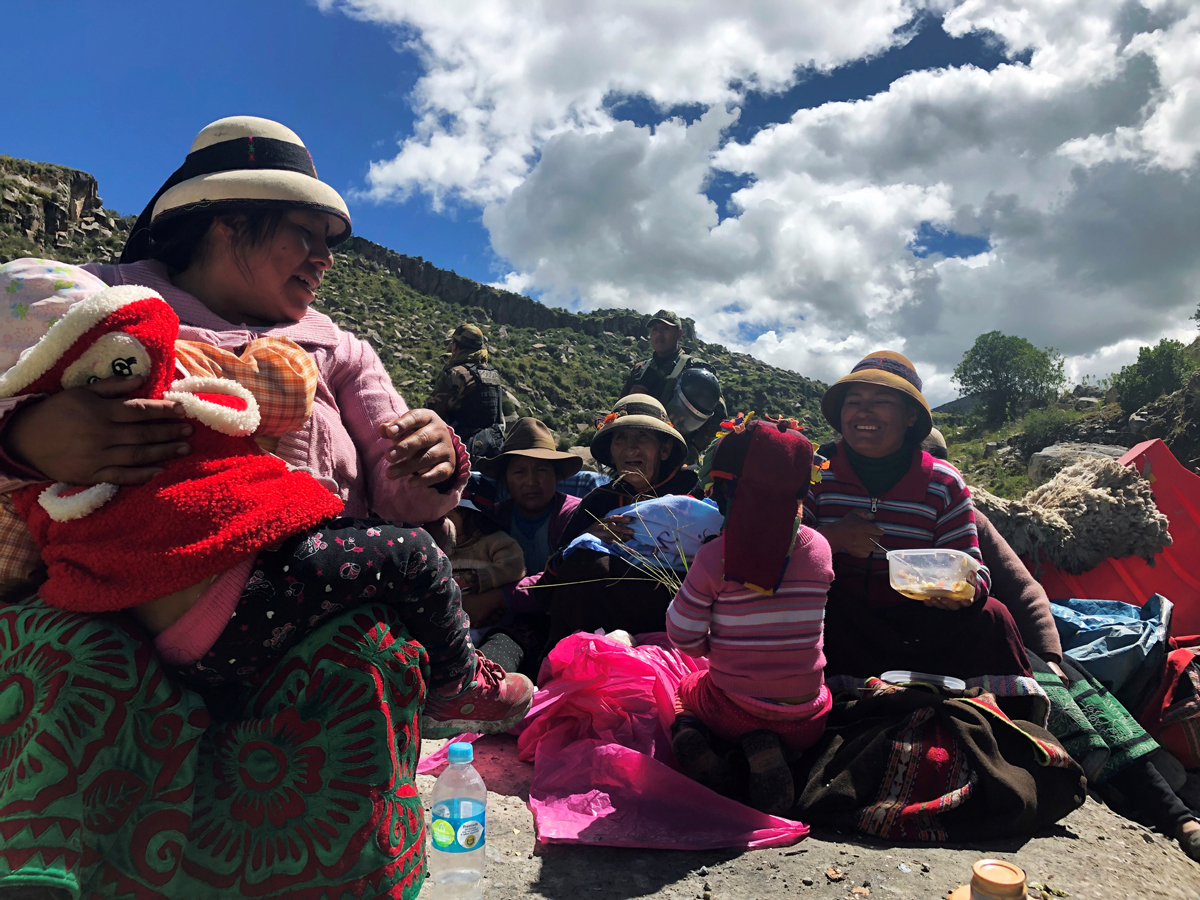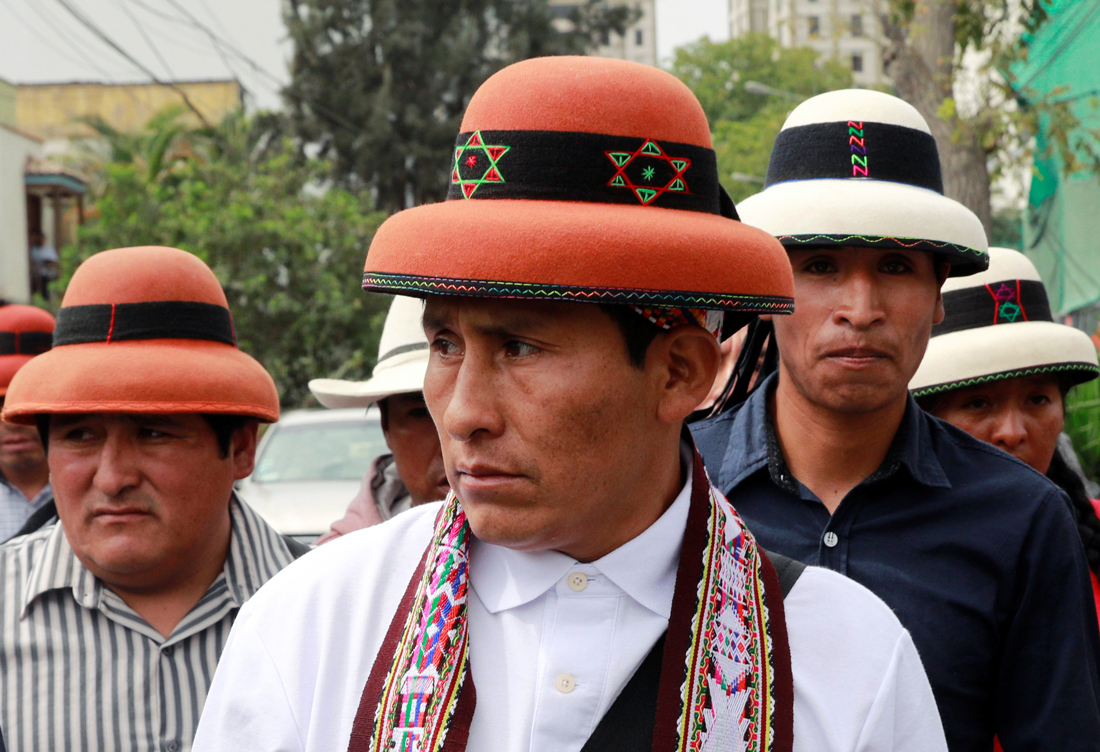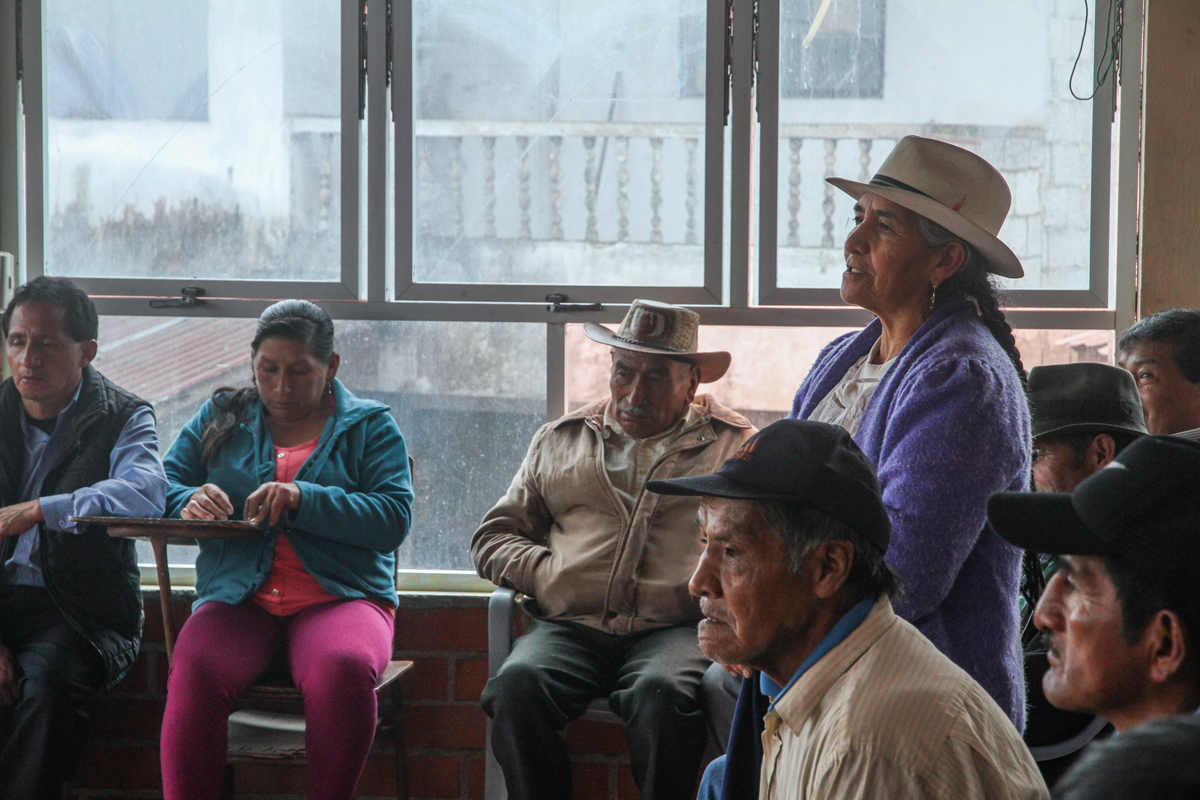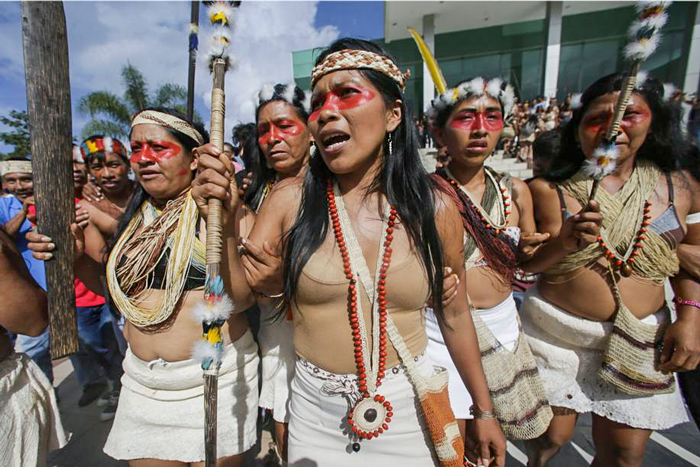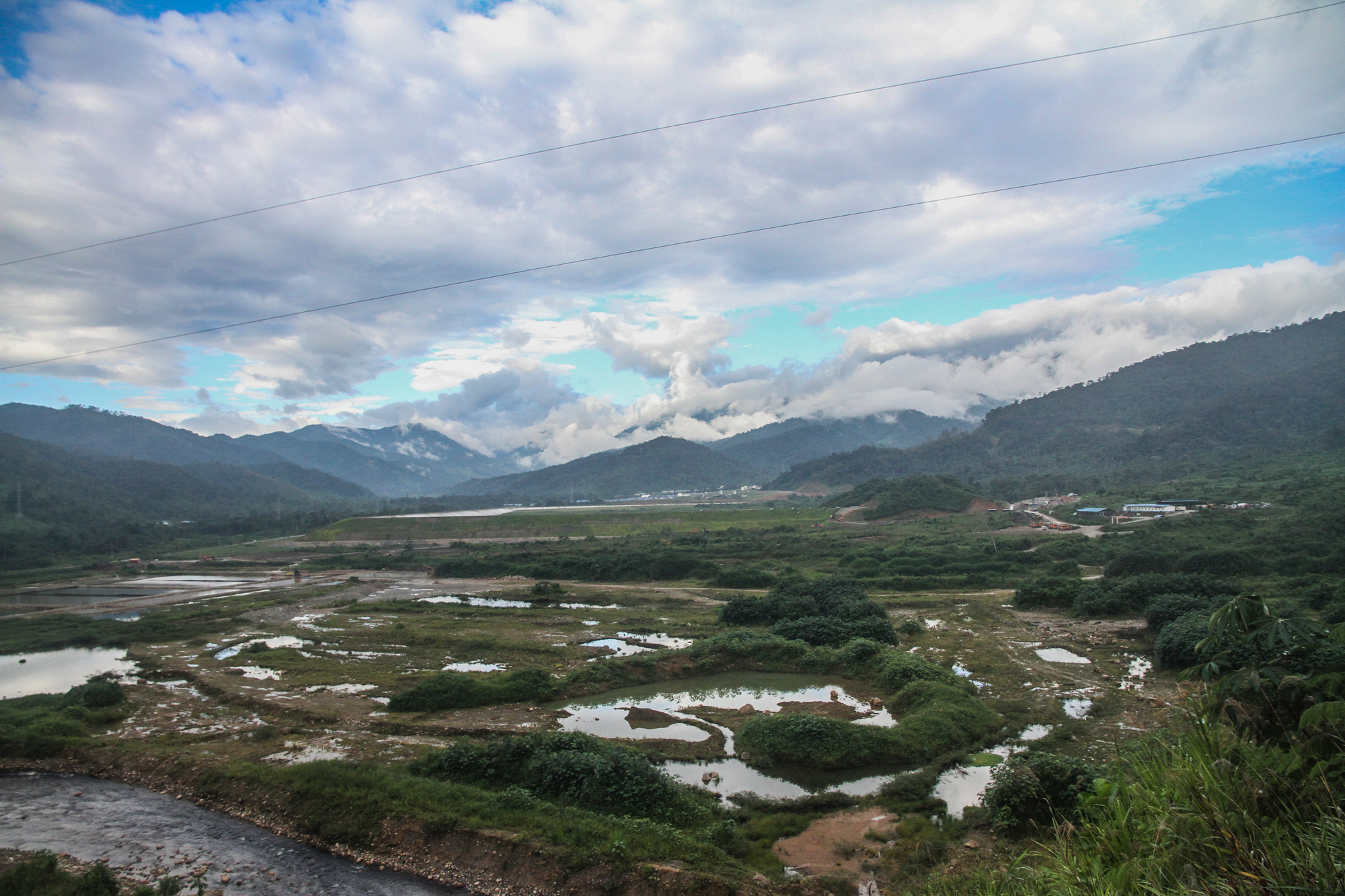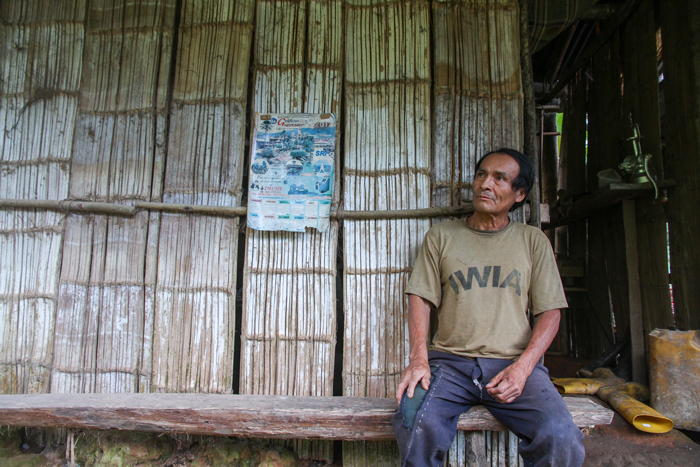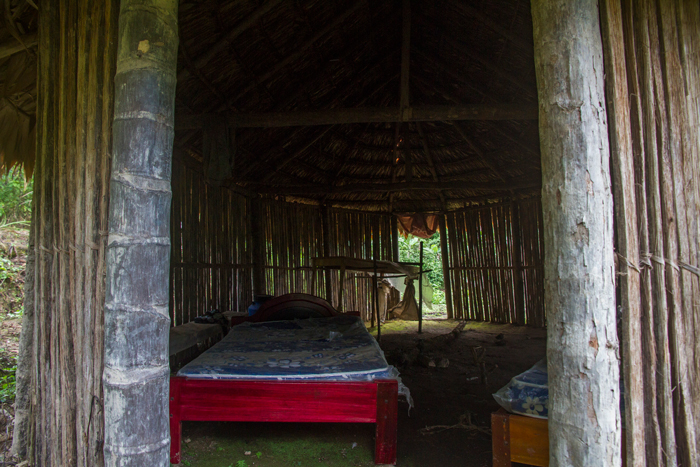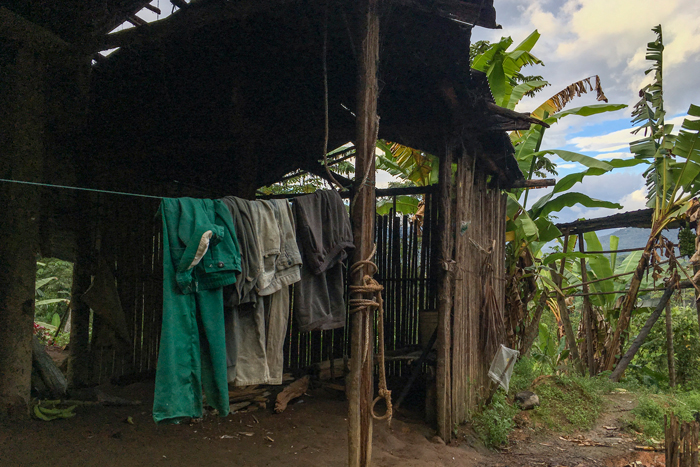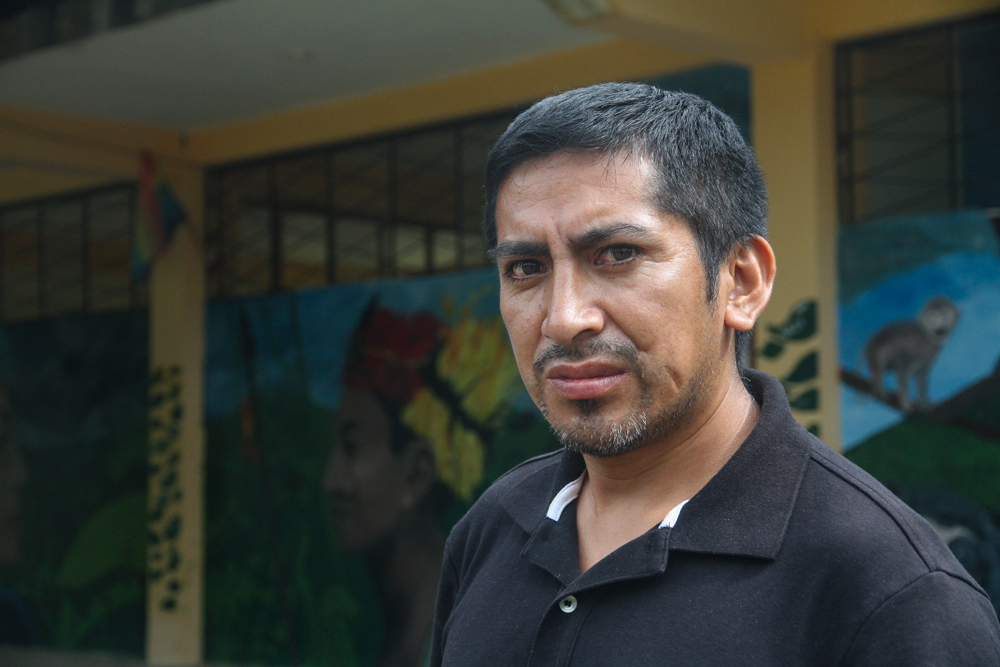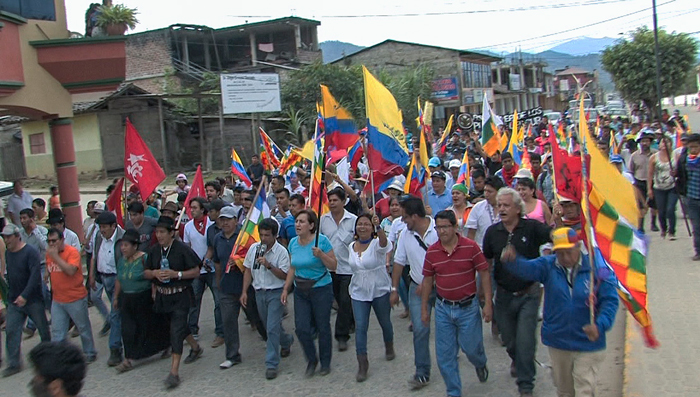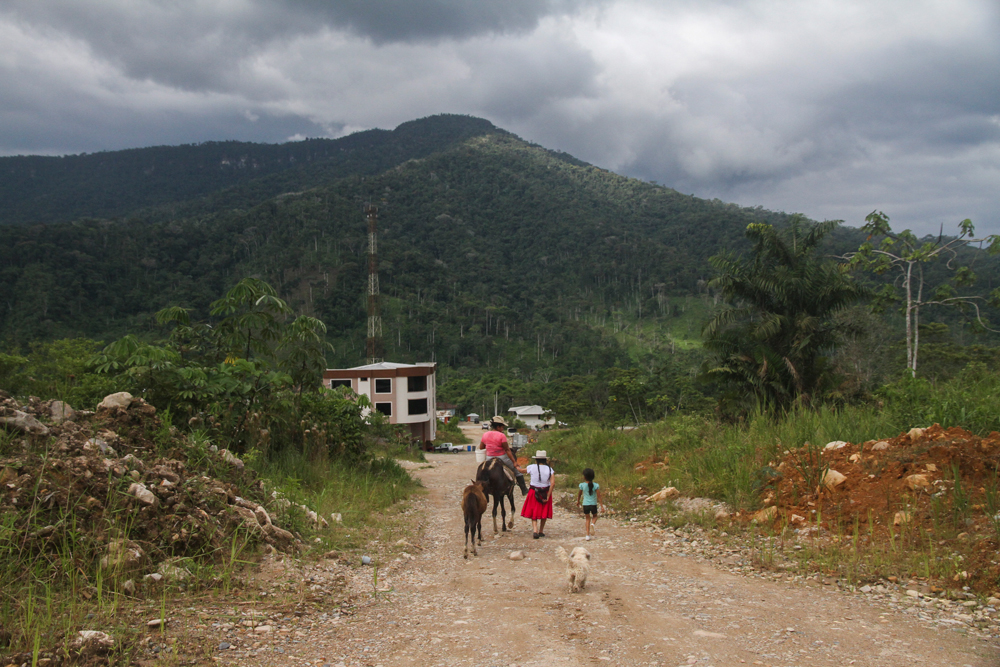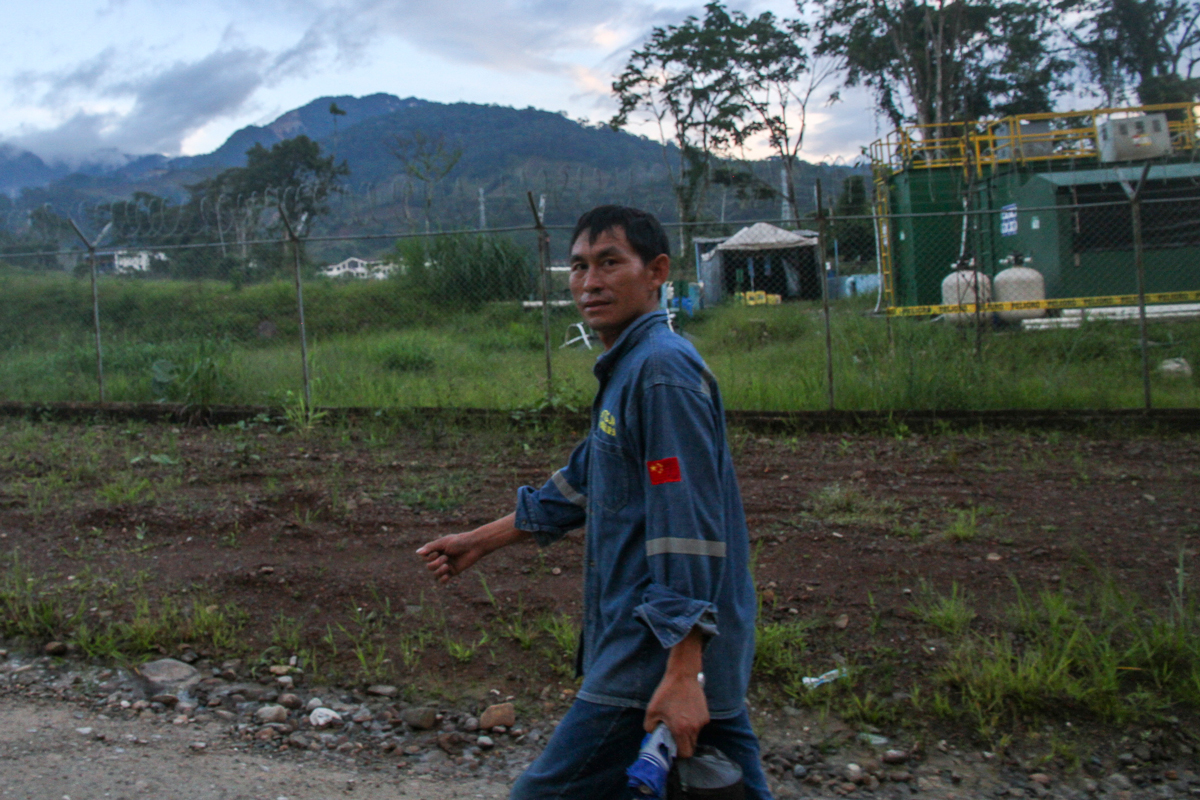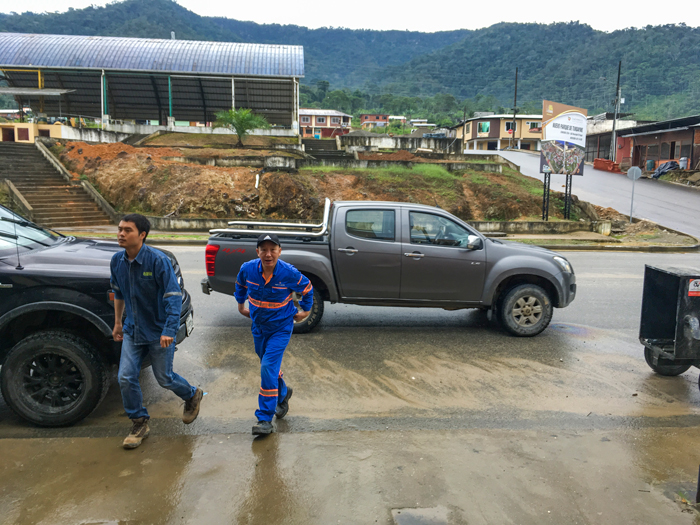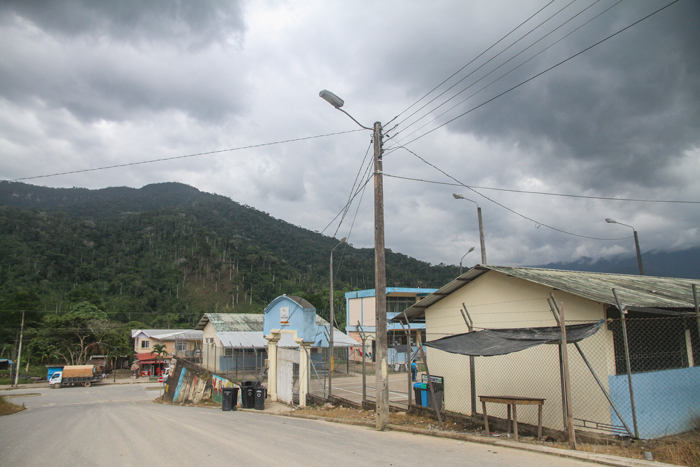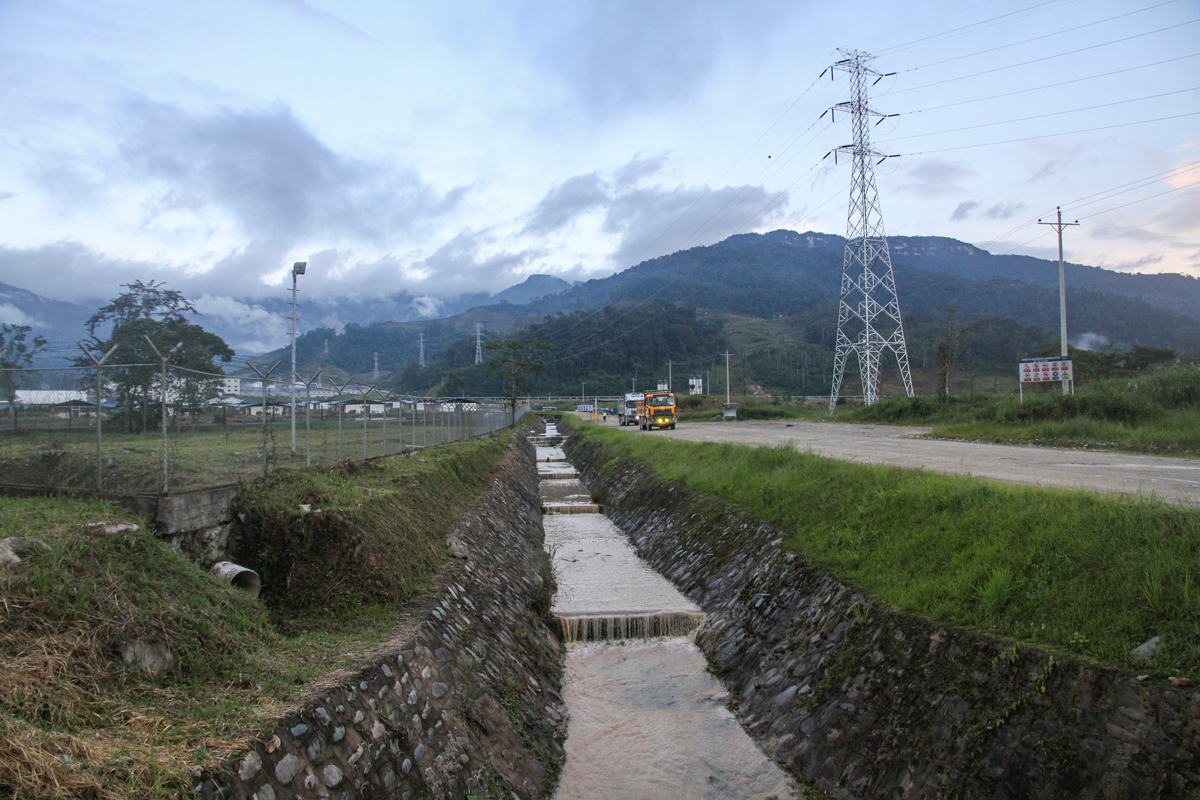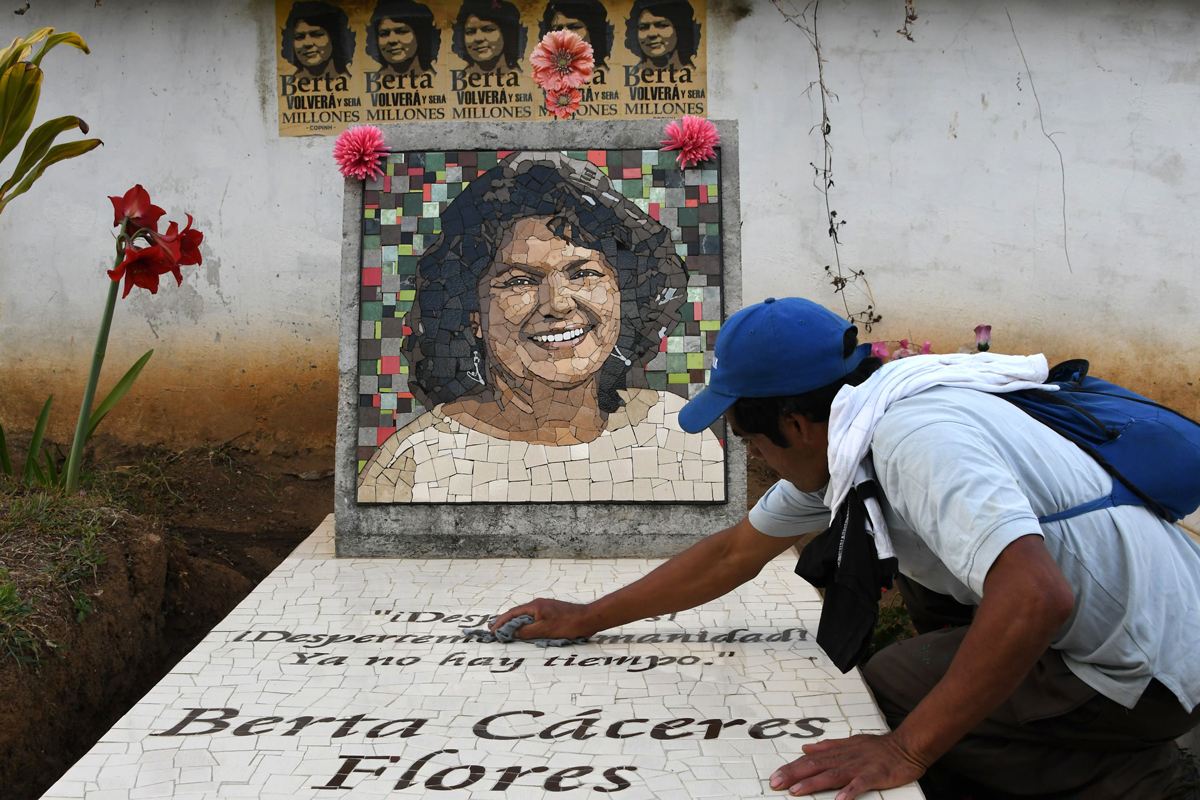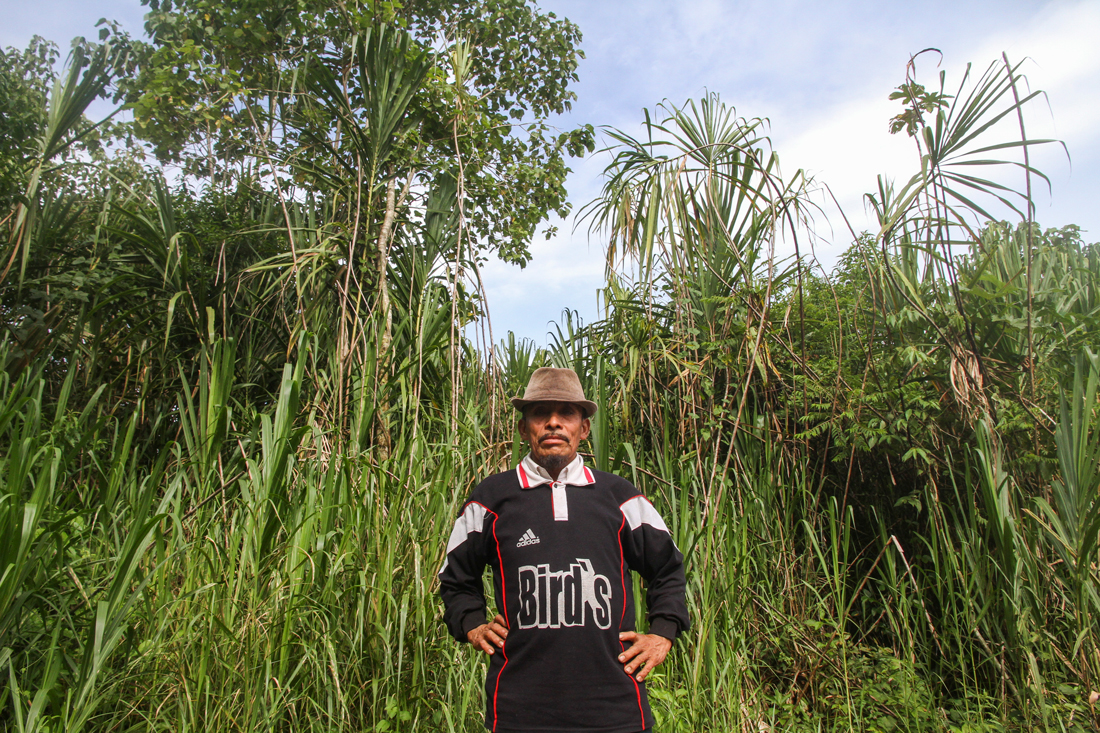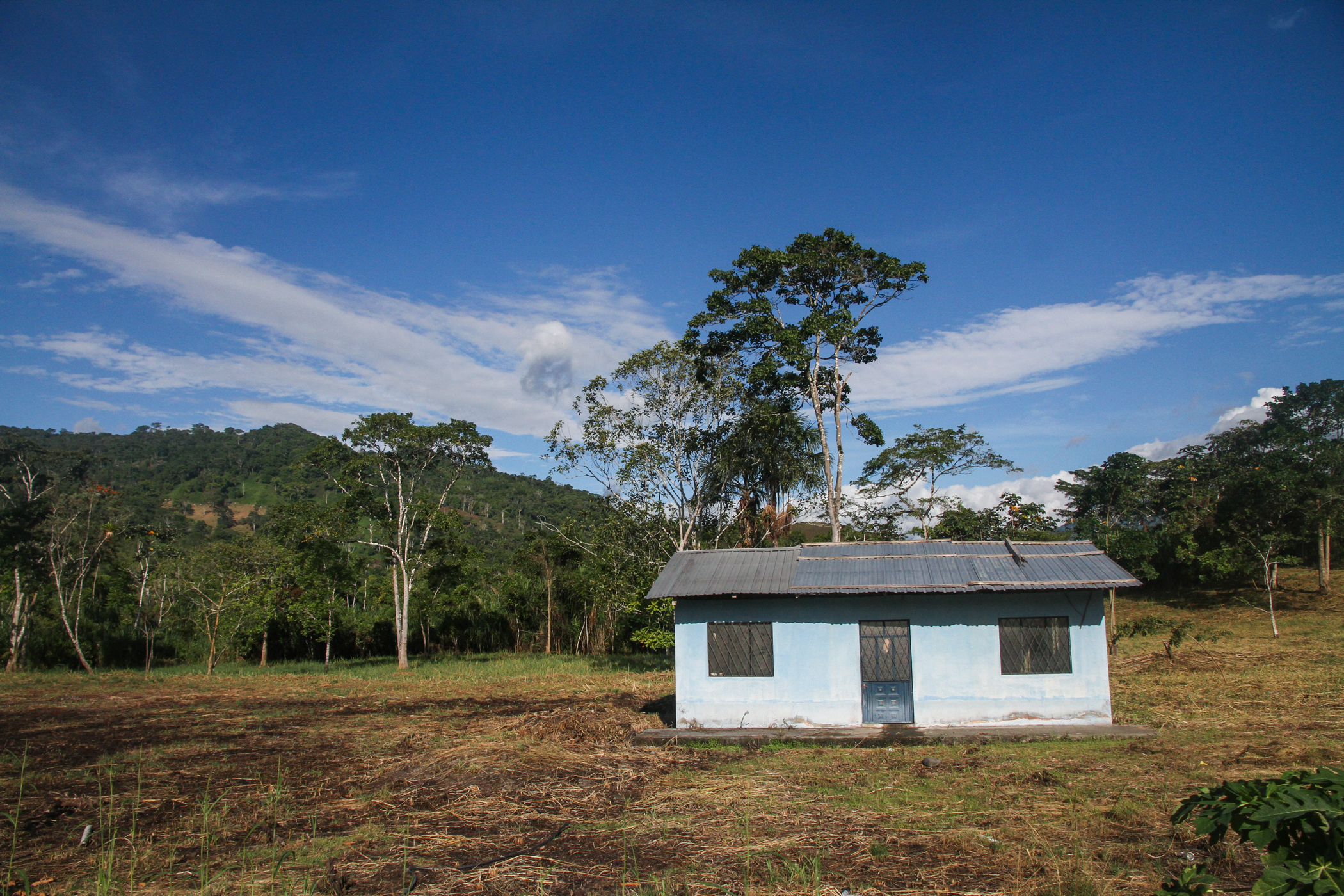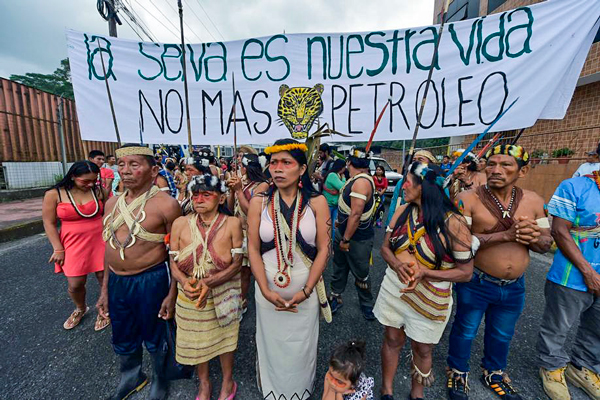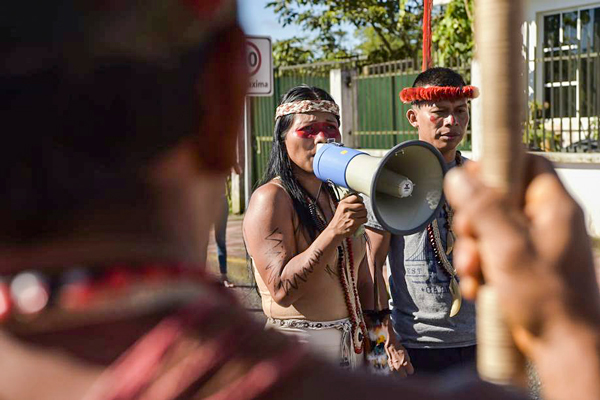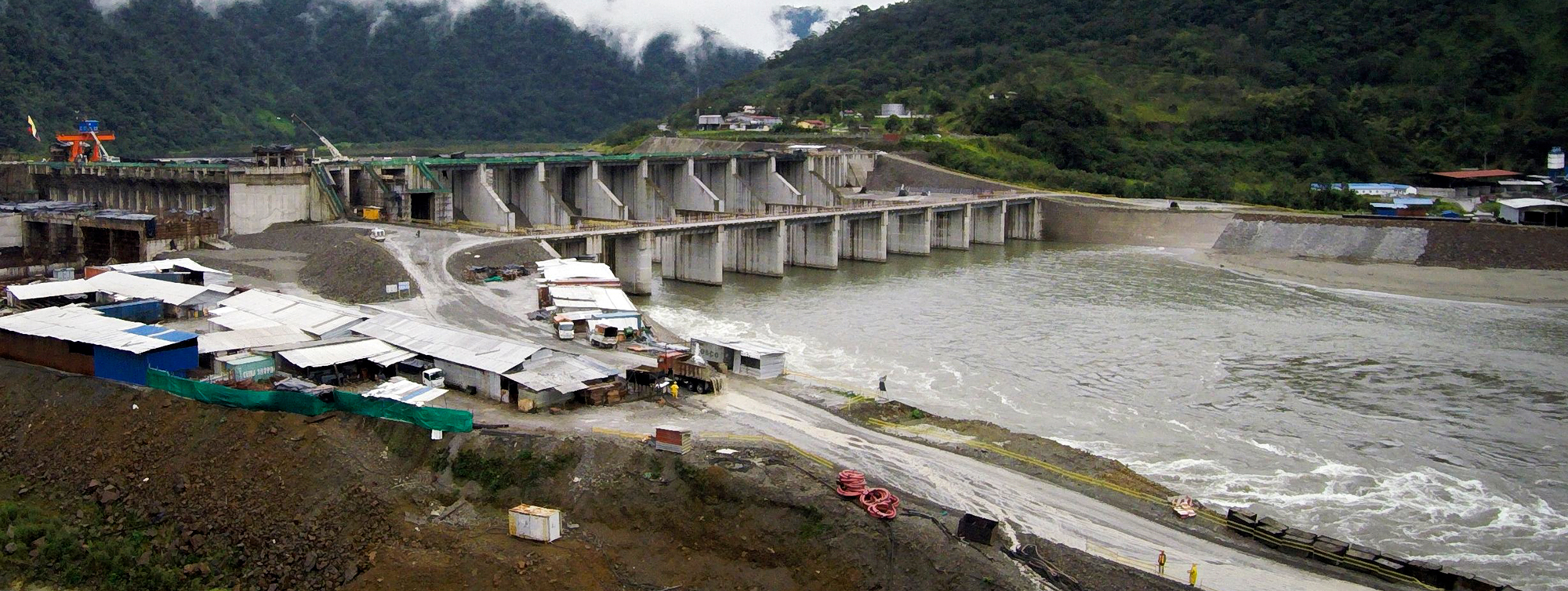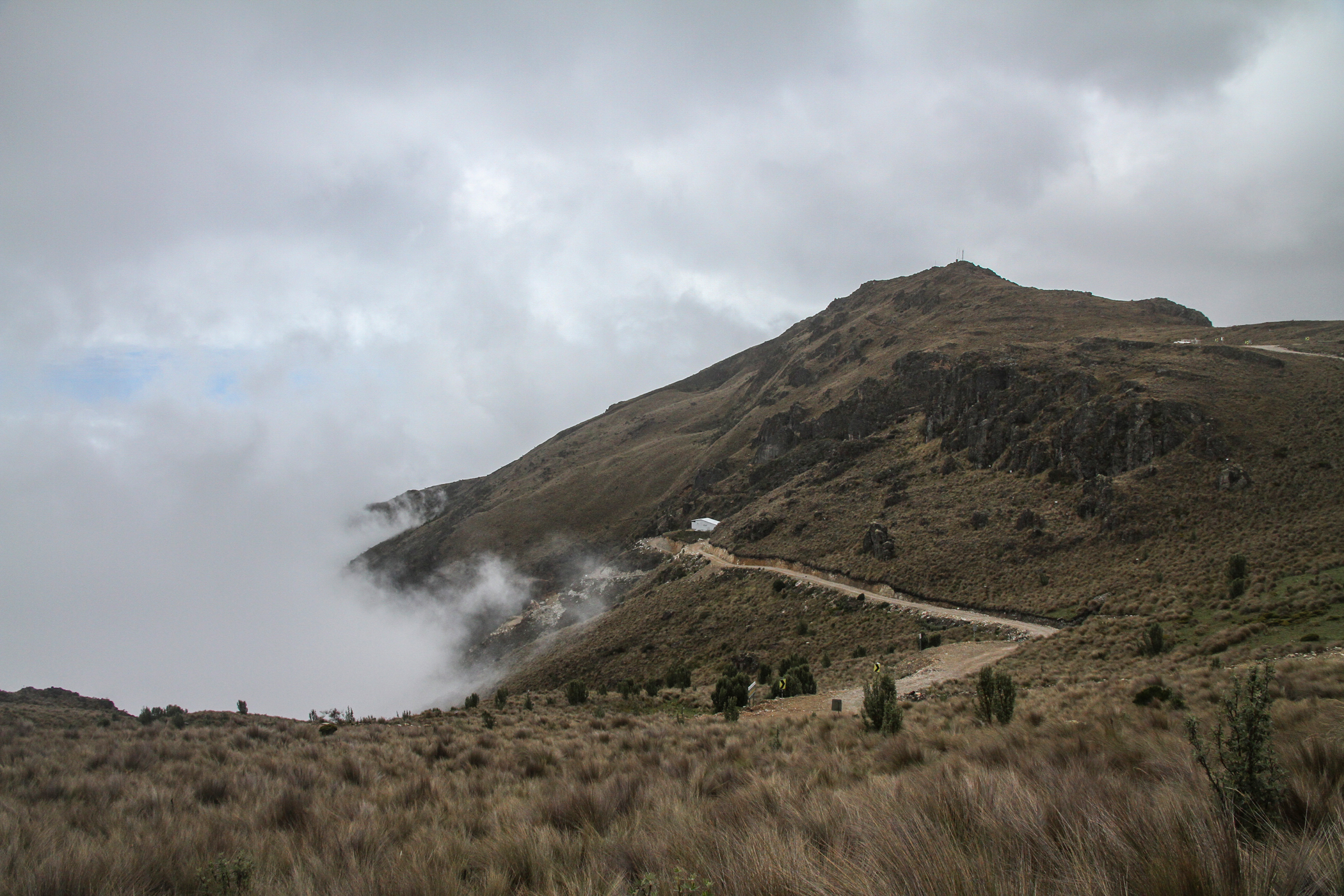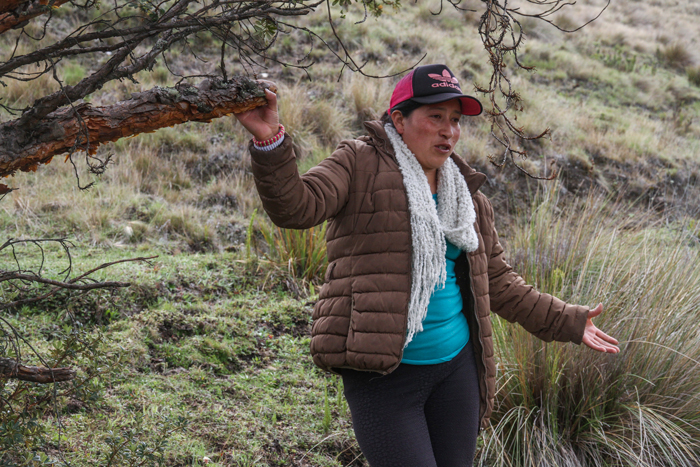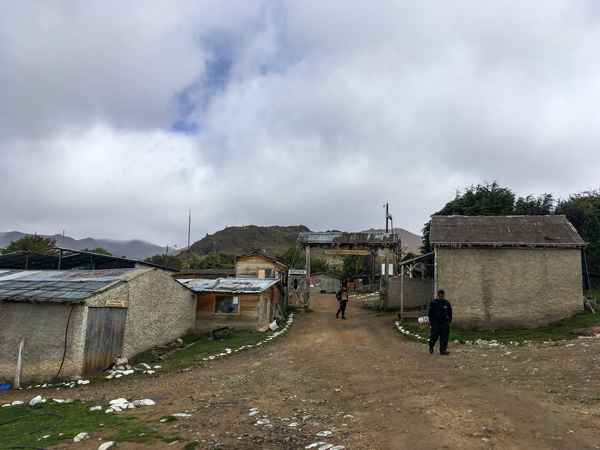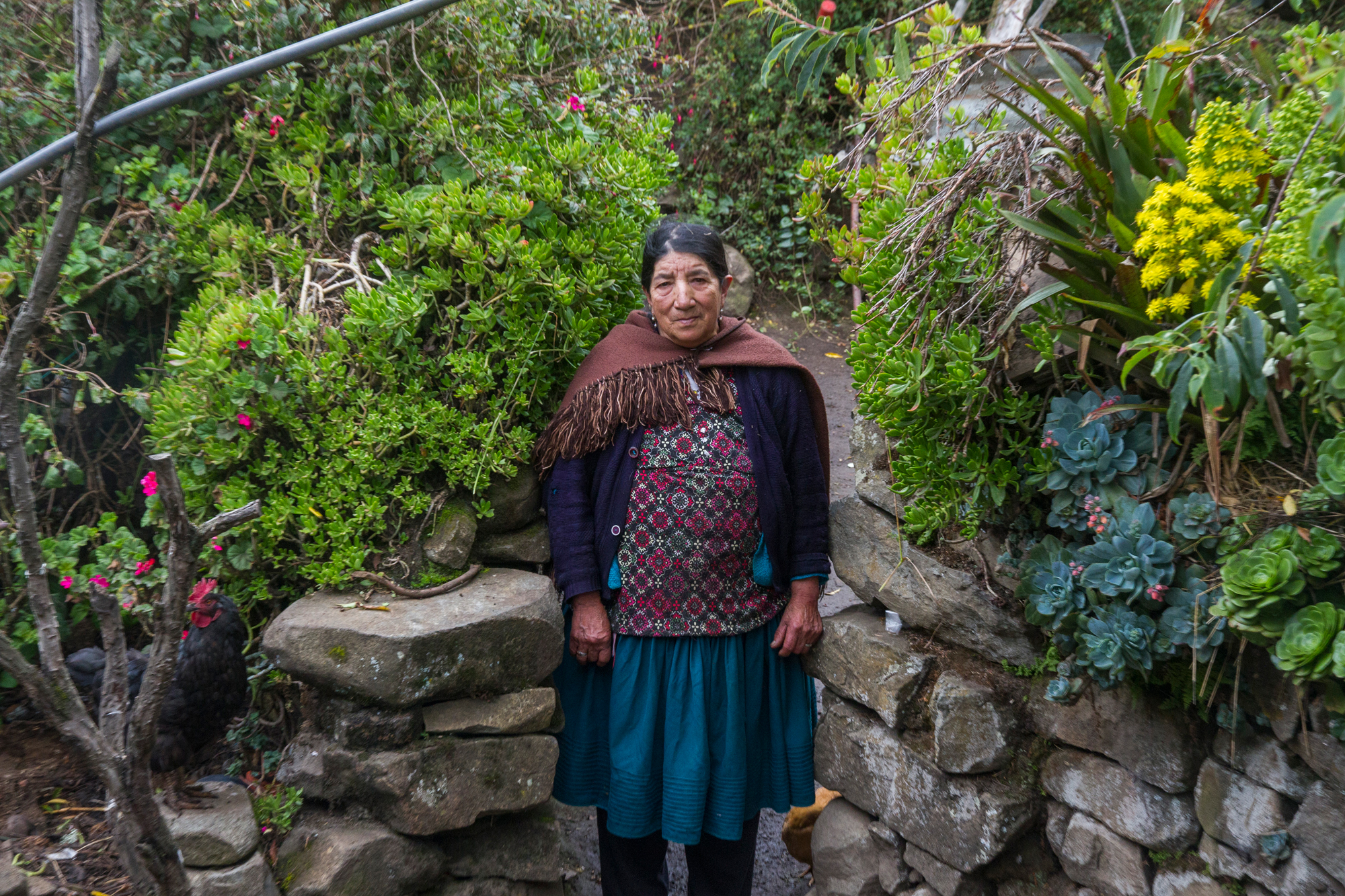The $50 Trillion Unlock: Why GovTech, Not the BRI, Will Transform the Global South
In recent years, the world has watched China’s Belt and Road Initiative (BRI) reshape infrastructure development across continents. Roads, railways, ports, and pipelines have sprung up across Asia, Africa, and Latin America—symbols of Beijing’s growing global influence. In response, the US and EU have tried to offer counter-narratives and limited investments. But none of these efforts, impressive as they may seem, have come close to truly meeting the infrastructure needs of the Global South.
That’s because they’re all still playing an old game.
The real revolution won’t be in who builds the most roads or who lends the most money—it will be in who unleashes the latent wealth already buried in the soil of the Global South. The key? GovTech-powered land digitization. The act of precisely mapping, recording, and registering land ownership for every plot of land in every village, town, and city. Not just on paper, but on secure digital platforms tied to national ID systems and satellite imagery.
Why This Changes Everything
The vast majority of land in the developing world today—rural and urban alike—is informally held. Families live on it. Farmers farm it. But they can’t leverage it. Without legal recognition or digitized proof of ownership, land can’t serve as collateral for loans. That locks out hundreds of millions from credit markets and entrepreneurship. It traps the economy in an informal loop of low productivity and high poverty.
Now imagine this:
-
Every parcel of land is satellite-mapped.
-
Ownership is clearly established through digital title deeds.
-
Disputes are resolved via mobile courts or blockchain-backed records.
-
This digitized land becomes bankable collateral.
Suddenly, we’re not talking about aid or debt diplomacy—we’re talking about unlocking $50 trillion in dead capital, as Hernando de Soto famously argued. That’s money that local people could borrow from local banks to build homes, start businesses, or invest in community infrastructure. It’s money that doesn’t need to come from Beijing, Washington, Brussels, or the IMF. It’s already there.
A GovTech Revolution in the Making
This is what GovTech—government technology—makes possible.
GovTech is more than digitizing services or putting tax forms online. It is about re-engineering the very operating system of a country. Think:
-
Satellite-based land mapping.
-
Mobile-first property registries.
-
Blockchain land ledgers.
-
Integration with digital ID systems like India’s Aadhaar.
-
Interoperable databases between banks, courts, and land records.
This isn’t hypothetical. India has begun this journey. Rwanda has made progress. Estonia is already operating like a fully digitized state. But these are early experiments. The massive rollout—across Africa, South Asia, Latin America, and small island nations—is still ahead.
Why the BRI and the West Can’t Compete
The BRI builds things for governments. GovTech builds capabilities within governments. The former creates dependence. The latter builds sovereignty.
Western infrastructure programs, when they do exist, tend to focus on financing mega-projects, which often take years to execute and don’t always address the foundational needs of rural populations.
By contrast, land digitization is scalable, inclusive, and locally empowering. You don’t need to borrow billions from a superpower to do it. You just need satellites, software, and political will. You can map a country in months, not decades.
The Multiplier Effect
Once land is digitized, its value is activated:
-
Credit expansion: Farmers and micro-entrepreneurs gain access to capital.
-
Tax efficiency: Governments can collect more accurate property taxes to fund local projects.
-
Corruption reduction: Transparent ownership records end elite land grabs.
-
Urban development: Slums can be upgraded with real titles and services.
-
Foreign investment: Investors trust a land market that’s digitally verifiable.
This is the most inclusive form of economic stimulus the world has never tried.
The Call to Action
If you want to help the Global South rise, don’t build another port. Build digital infrastructure for governance. Build systems that turn land into leverage. Build GovTech.
With the right vision and partnerships, a coalition of tech firms, philanthropists, and forward-thinking governments could roll out a global LandTech initiative in the next five years. The returns would dwarf the BRI. They would permanently alter the economic trajectory of billions.
Infrastructure starts beneath your feet. It’s time we recognized that the most valuable resource in the Global South isn’t foreign capital. It’s local land, waiting to be unlocked.
Let’s do it—with satellites, software, and sovereignty.
The $50 Trillion Unlock: Why GovTech, Not the BRI, Will Transform the Global South 🧵
— Paramendra Kumar Bhagat (@paramendra) June 2, 2025






